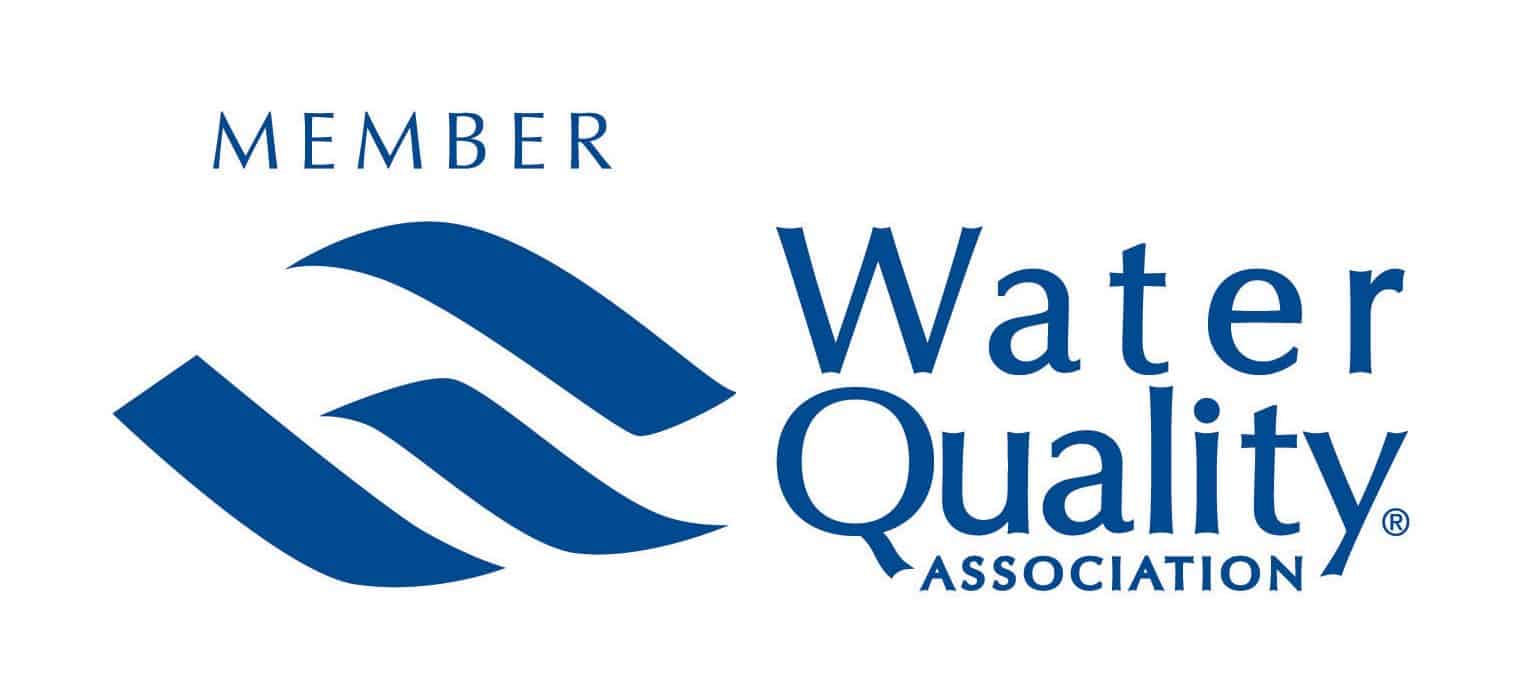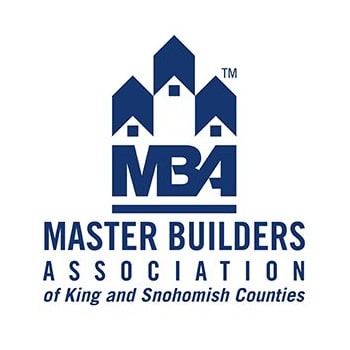With 85% of people in Washington state receiving their water from a water well it is surprising that not many of them know what well pumps look like or how they work. This article should help to clarify what exactly water well pumps do and what type you might have. For those who are looking to buy or replace a water well pump this should give you enough information to help you reach out to a local professional to assist you.
What Is A Water Well Pump And How Does It Work?
If you already have a water well, you probably know what they look like but here is a brief description. A drilled well is a 6 inch piece of steel casing pipe which is drilled into the ground. These pipes are drilled down into an aquifer. An aquifer is a layer of underground sediment that holds water. The steel pipe acts as a way to access the water in the aquifer and keep the sediment out. The pump is used to get the water out of the bottom of the well and into your house. The average household will have one of three different types of pumps. A shallow well jet pump, a deep well jet pump, or a submersible pump.
How Jet Pumps Work
A jet pump is a type of centrifugal pump that has been around for over a hundred years and is by far the oldest form of household pump that is still commonly used. The following are the main properties of a jet pump.
- A jet pump is mounted outside of the well to the floor of a garage or a well house with pipes running down into the well.
- The number of pipes can vary depending on the type of jet pump. A shallow well jet pump has one pipe that runs into the well but a deep well jet pump has two.
- The pipes act as a suction line to pull water out of the well.
- The three major components of a jet pump are the impeller, the venturi, and the motor.
- The impeller is a disc with grooves to guide the water as it spins. As the impeller spins it throws the water against the inner wall of the pump which creates pressure.
- The venturi is the component that makes the pump a jet pump. A venturi is a small cone-shaped hole that water is forced through to increase the speed of the water.
- The final part is the motor, which is hooked up to a shaft that the impeller is attached to. This is typically the larger part of the pump where the wires terminate into.
- As the pump goes through its cycle of pushing the water into the house it creates a vacuum behind it pulling water from the well into the pump.
- An important aspect of jet pumps is that they require water to function. When installing a new jet pump or draining a pump to perform maintenance the pump must be refilled with water before it can operate. This is commonly referred to as priming.
How Submersible Pumps Work
Submersible pumps are a newer form of household pump technology that has been around for a little over sixty years. Here are some of the properties of submersible pumps.
- A submersible pump is placed inside the well at the end of the pipe underneath the water level.
- The power for the pump is run through waterproof wire tapes to the side of the pipe inside of the well.
- The pump is shaped like a cylinder and is made up of two primary parts. The wet or pump end and the motor end.
- The wet end is the actual pump and it contains multiple impellers that are used to create pressure and push the water up the pipe into the house.
- The motor is sealed up and bolted to the end of the pump with a shaft connecting them.
- The pipe hangs on a special fitting called a pitless adapter. The pitless adapter is inserted into a hole underground in the side of the steel casing. This allows the water pipe to be completely underground and protected from frost.
The Three Types Of Pumps And Their Applications.
Shallow Well Jet Pumps
Shallow well jet pumps are typically the cheapest and simplest pump to install but have the most restrictions and a few drawbacks. Shallow well jet pumps can only draw water from about 25 feet down, making their use rather limited. Most water wells here in Western Washington are much deeper than 25 feet, making them rather impractical as a primary water well pump. With this in mind, they do work very well as cheaper pumps to pull out of cisterns and large unpressurized storage tanks. It is also important to note that they must be kept inside. So unless you have a well house, it is likely they will be in your garage or basement where they can sometimes be a bit noisy. Aside from a few drawbacks, they can make excellent cheap pumps for shallow applications.
Deep Well Jet Pumps
Deep well jet pumps, like shallow well jet pumps are mounted inside a well house or garage. The primary difference between the two is that the deep well jet pump uses two pipes to pull the water up from the bottom. This allows them to pull water from much deeper in the well. In theory deep well jet pumps can pull water from a maximum of 200 feet below ground. This may not be practical however, due to the extra labor of installing two pipes. The difficulty of installing two pipes at once often leads to deep well jet pumps being the most expensive well pumps to install.
Submersible well pumps
Submersible pumps are by far the most versatile of modern-day pumps for the average home. They take up less space because they’re installed inside of the well and are typically very quiet in comparison to its jet pump counter parts. For deep well applications, submersible well pumps have become the standard as they require only one pipe and are far more reliable then deep well jet pumps. They also have a much wider depth range. Submersible pumps can provide water from depths over 1000 ft underground. For shallow well applications they typically work very well, though it will most definitely be cheaper to install a shallow well jet pump.
Other Parts Of The System
Pressure Tanks
Pressure tanks (sometimes referred to as water storage tanks, diaphragm tanks, or pressurized storage tanks) are an integral part of any water well pump system. A pressure tank acts as a form of water storage and buffer for your pump. The pressure tank allows your system to store pressure and water so that the pump doesn’t have to turn on every time you open your tap. This is essential because the hardest thing on a well pump is starting and stopping. It is not uncommon for well pumps to fail years ahead of schedule because of a bad pressure tank. When it comes to pressure tank selection there are a lot of factors to take into account. How much water you use, and the type of pump, being the primary factors. The most common pressure tank size is an 81 gallon steel or fiberglass tank and this usually provides plenty of buffer for a single household.
Other important components
Well water systems can vary quite a lot but here are some other important components that may be included in your system:
- Pressure switches turn on the pump when the pressure in the system gets too low and turn it off when it gets too high.
- Control boxes take power from your breaker panel and convert it into power the well pump can use.
- Check valves stop the water from flowing back down the pipe and into the well.
What Do We Recommend?
Here at JKA Well Drilling the primary type of pump we install is submersible pumps. In any well deeper than 25 feet, it is the most cost-efficient method of pumping water. Even for wells under 25 feet, submersible pumps typically make more sense due to their higher range of flow rates and better pressure ratings. If a customer prefers, we will install like-in-kind replacements for shallow well jet pumps. We also use shallow well jet pumps on many cistern and unpressurized storage tanks installations. If you are experiencing any problems with your water well pump or any part of your water well system please check out our article “4 Signs Your Well Pump Might Be Failing” or contact us via email, phone or the help box below.




